Every year (well, at least for the past seven years) it's happened. One day I'm a normal farmer, filling my days with pulling carrots and planting tomatoes, and the next day BAM. I'm becoming a milkmaid.
milk·maid/ˈmilkˌmād/noun
- a girl or woman who milks cows or does other work in a dairy.
That's me. A maid of milk. Maiden of le lait. Senora de leche.
Truth be told, “milk season” is my favorite season on the farm. And while we milk for nine months a year (giving the dairy cow Cece a three month break during her final months of pregnancy), this milk – the milk that comes when the pastures are full of clover and alfalfa and grass and sunshine – is the very best milk.
This is the milk that makes me think of biblical times – a treck to the land of milk and honey would certainly be worth forty years in the desert if this was waiting for you upon arrival.
But when the milking is as good as this (often we waddle back to the house with 4-6 gallons a day in our buckets) that means a lot of time for this milkmaid in the kitchen.
The first order of business is butter (how could it be anything else).
The second order of business is yogurt (strained extra long in cheesecloth, resulting in a super thick greek-style yogurt, please and thank you).
The third order of business is perhaps my favorite of all (awww, how's a girl to choose?). It's cheese. The business at hand is cheese.
If you'd like to see my milkmaiding (new word?) in action, join me for a day of home dairy action right here (there's a BIG SURPRISE at the end!):
I'm so very eager to step up my cheese game this year. I've been studying and working really hard to focus my efforts – lest they be in vain. In years past, our pastures have been weak (resulting in milk that's good, but not as good as it could be) for cheese making. Pair that with a few poorly written cheesemaking books, a lack of local knowledge or resources to direct me, and a handful of nursing babies during that same time period and… well… our chickens ate a lot of bad cheese.
But as Daniel Tiger reminds my children often: “If you have to go potty, stop, and go right away! Flush and wash and be on your way!”
Oh wait. Wrong episode.
“Keep trying! You'll get better too!”
That's the one. And I'm just too stubborn of a fool to take no for an answer.
Ask me how many bad loaves of sourdough bread I made before I finally got it right. Go on! Ask me! The answer is one million. One million loaves of bad bread. Heck, I still made bad bread every once in awhile. When you're working with wild years and active cultures, it's bound to happen.
My point is simply this: being a milkmaid is, by far, my favorite farm job. As much as I love harvesting beets, deheading roses, and bottling chai tea concentrate – it's no contest. Milkmaiding (there's that word again) wins.
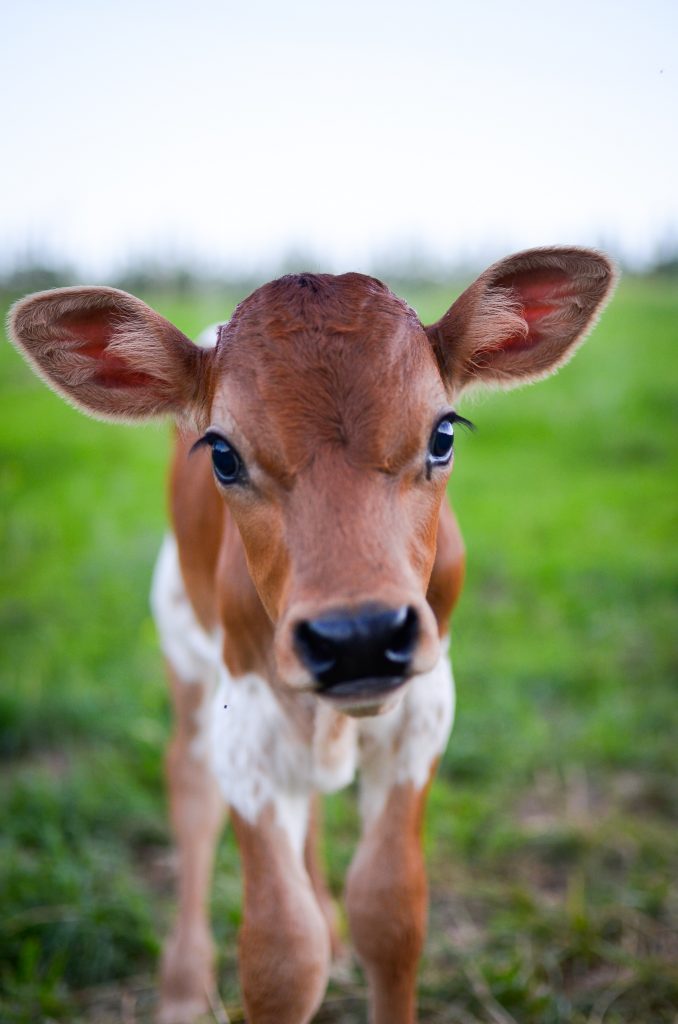
I'm really focusing my efforts on a few major cheeses this year for storage, opting for cheeses I can wax. The wax holds the moisture from the cheese in and is slightly less upkeep for the cheesemaker (many cheeses need their rinds washed, etc.). Our cheeses are waxed with beeswax from the honeybees. Gasp. How painfully romantic is that. Milk and honey. There it is again.
Here's the cheddar recipe I'm using. And the dunlop recipe I'm using. And the alpine tomme recipe I'm using.
Most of these cheeses require an entire 24 hour period to make from start to finish. The also require close attention to the curd, temperature, culturing, and pressing. It's not hard per-say, but it doesn't require a lot of attention to detail. A small temperature variation or pressing mishap can result in an entire different cheese (or even worse, a cheese that is bad!).
Lord knows I'm not wasting a single drop of this liquid gold.
I've been milking cows by hand each morning for seven years. Seven years! And it still makes my heart pitter patter.
I'm deeply grateful I get the privilege of being a milkmaid.
Also, checkout this nine year old milk maid of mine. If only every time I milked I could wear a daisy crown, I would feel quite fantastic as well.

Onward to cheese! The end.
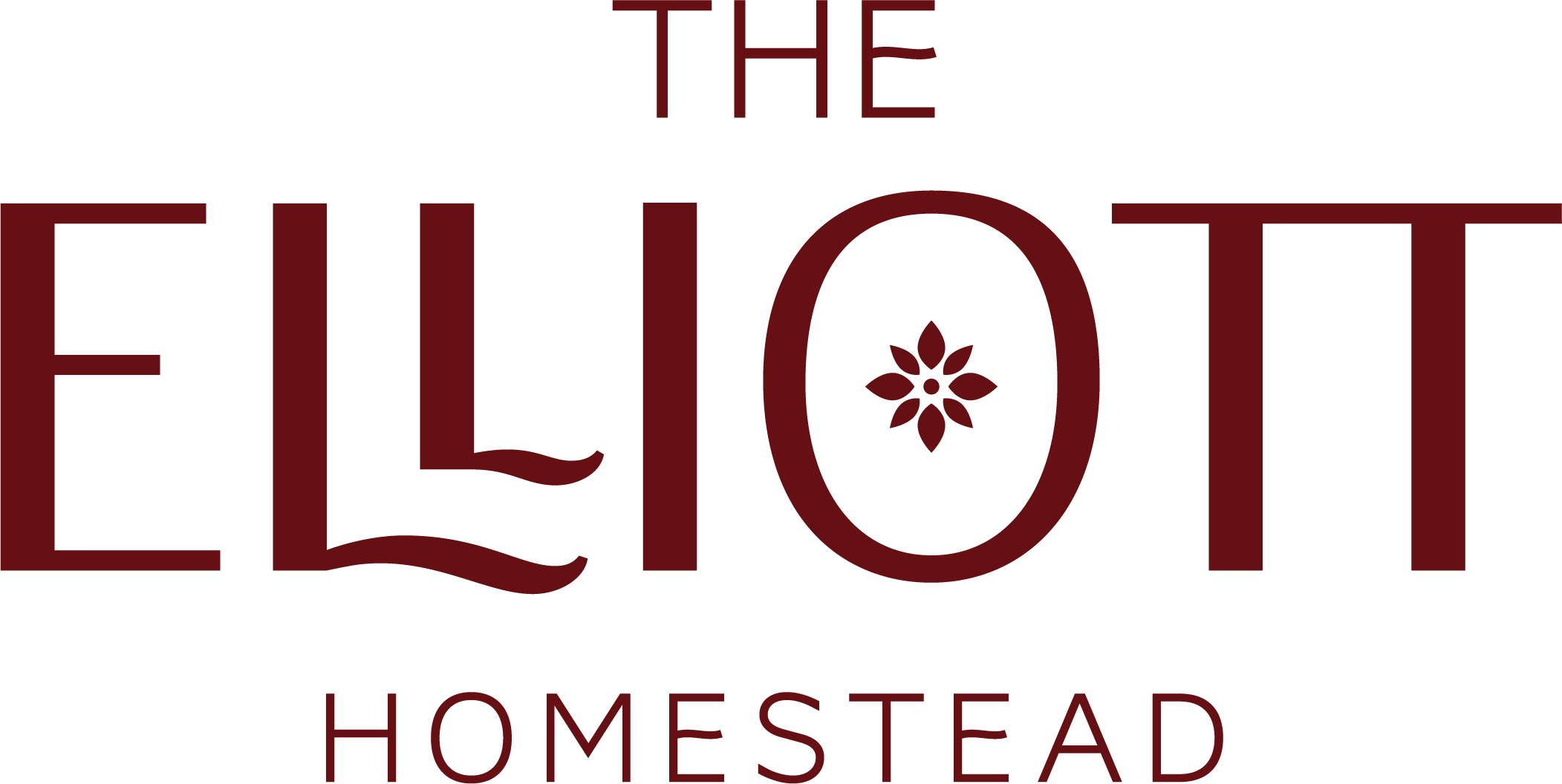
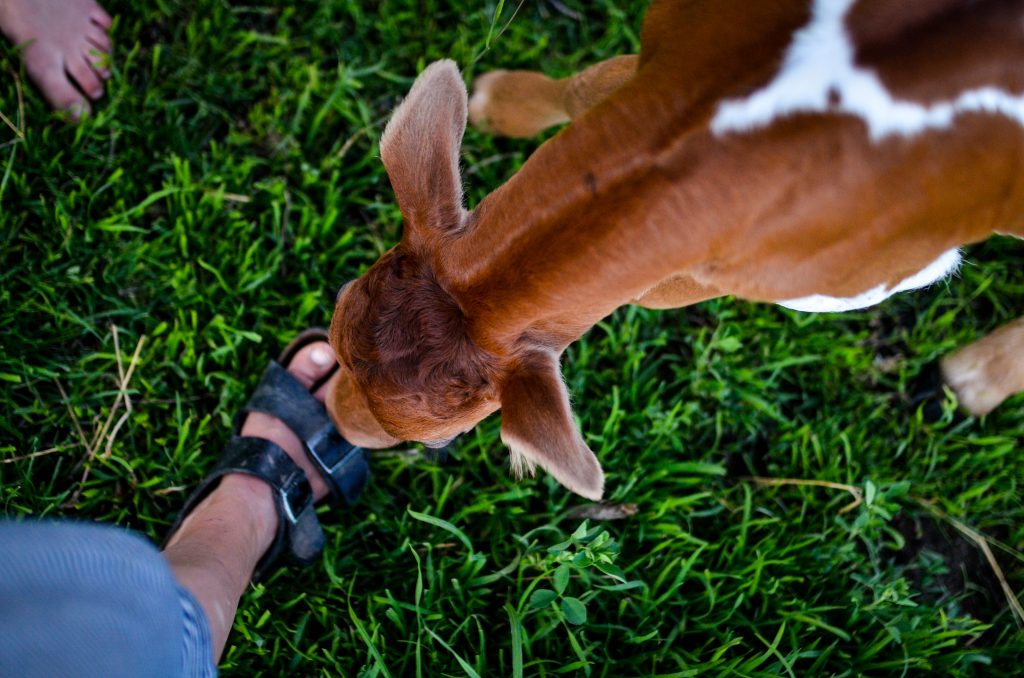
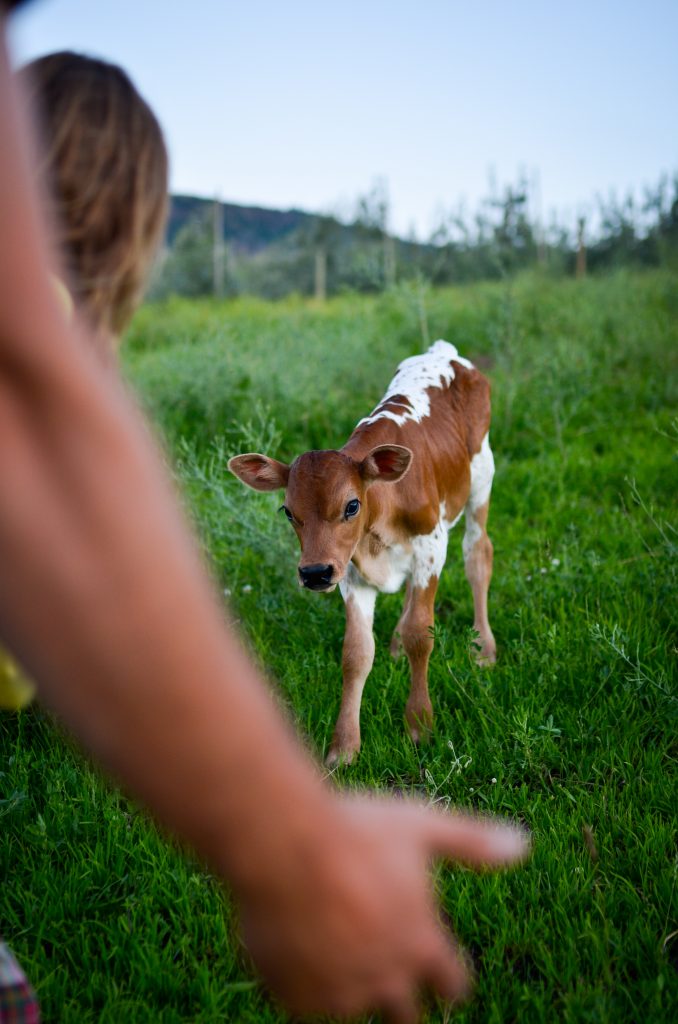
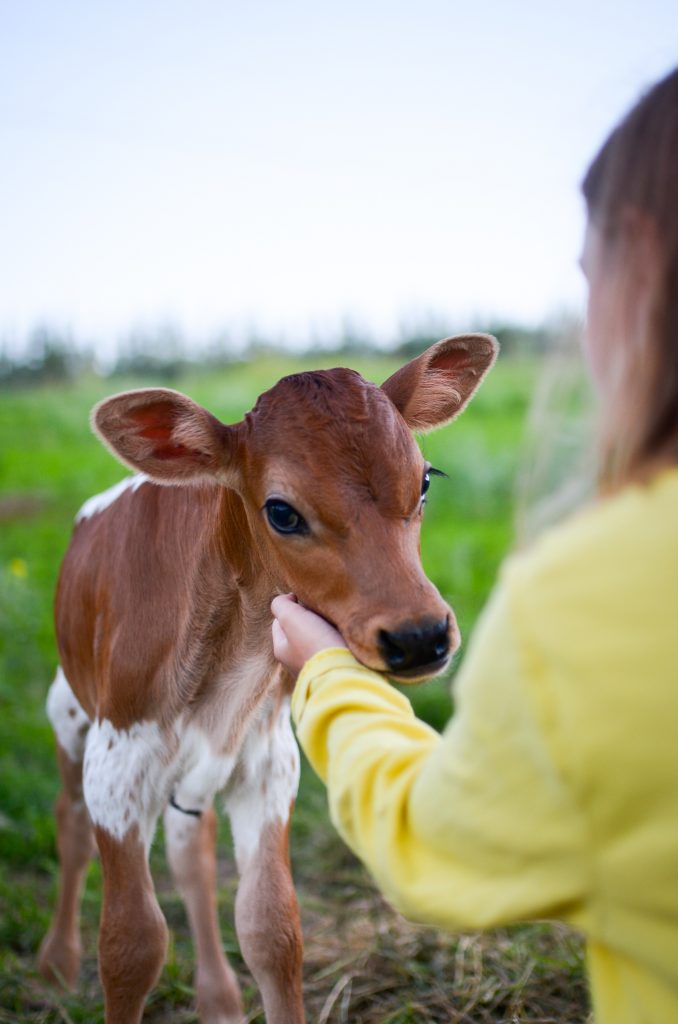
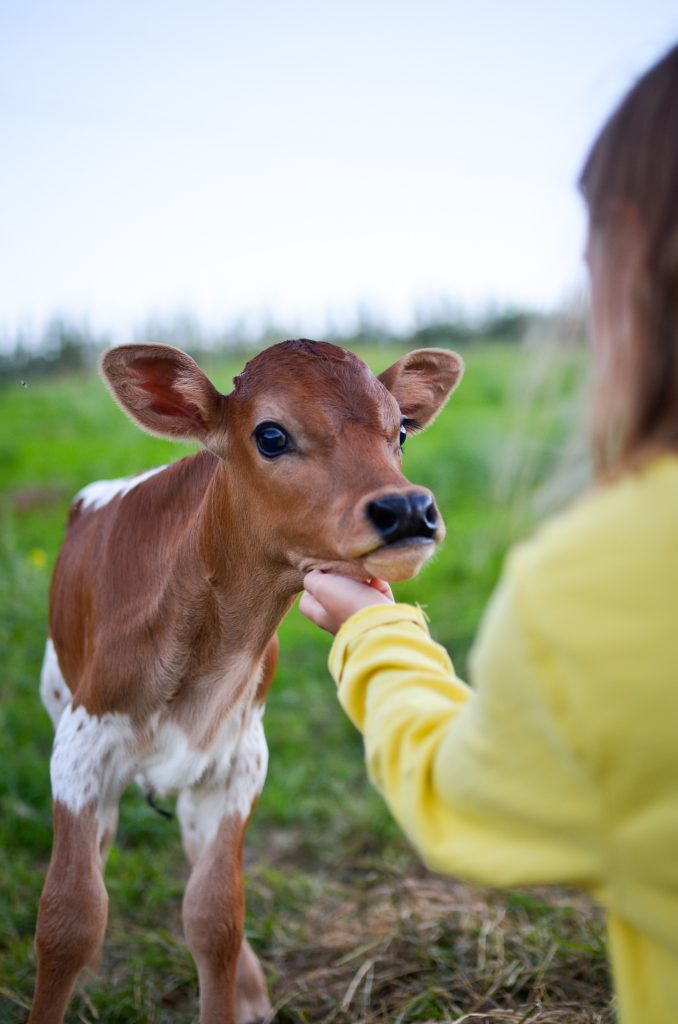
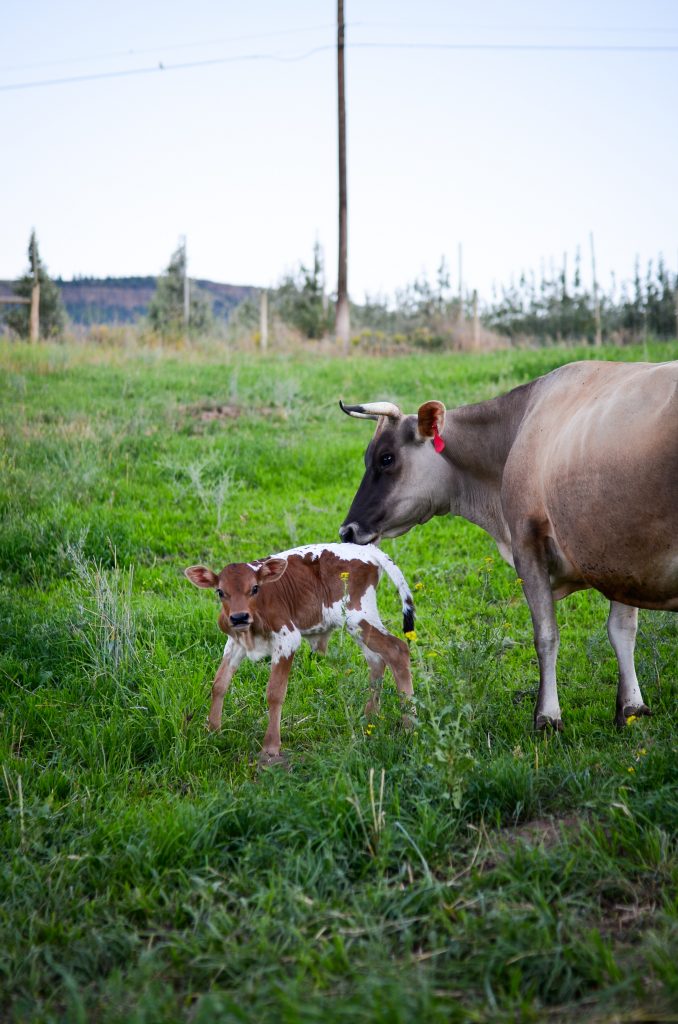
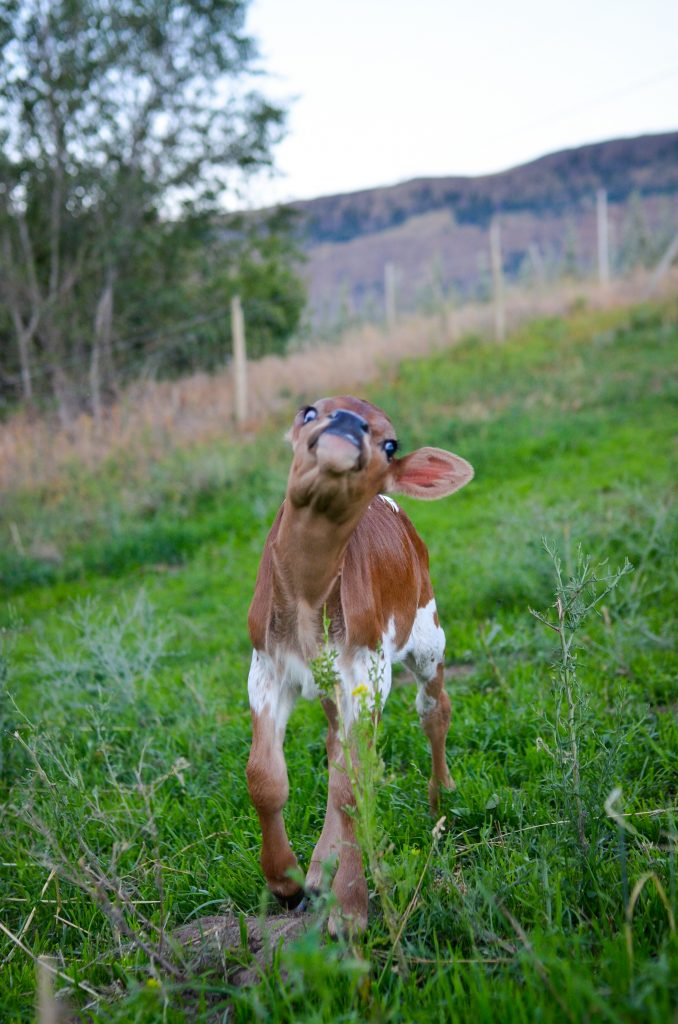
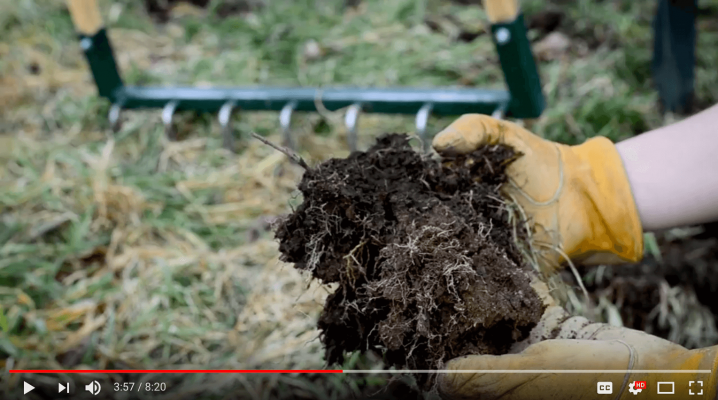

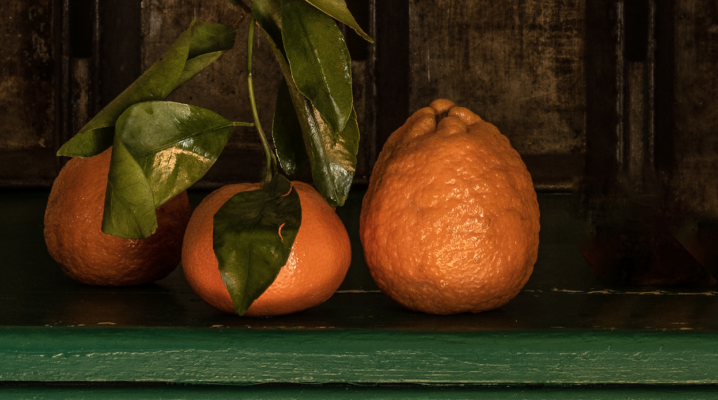
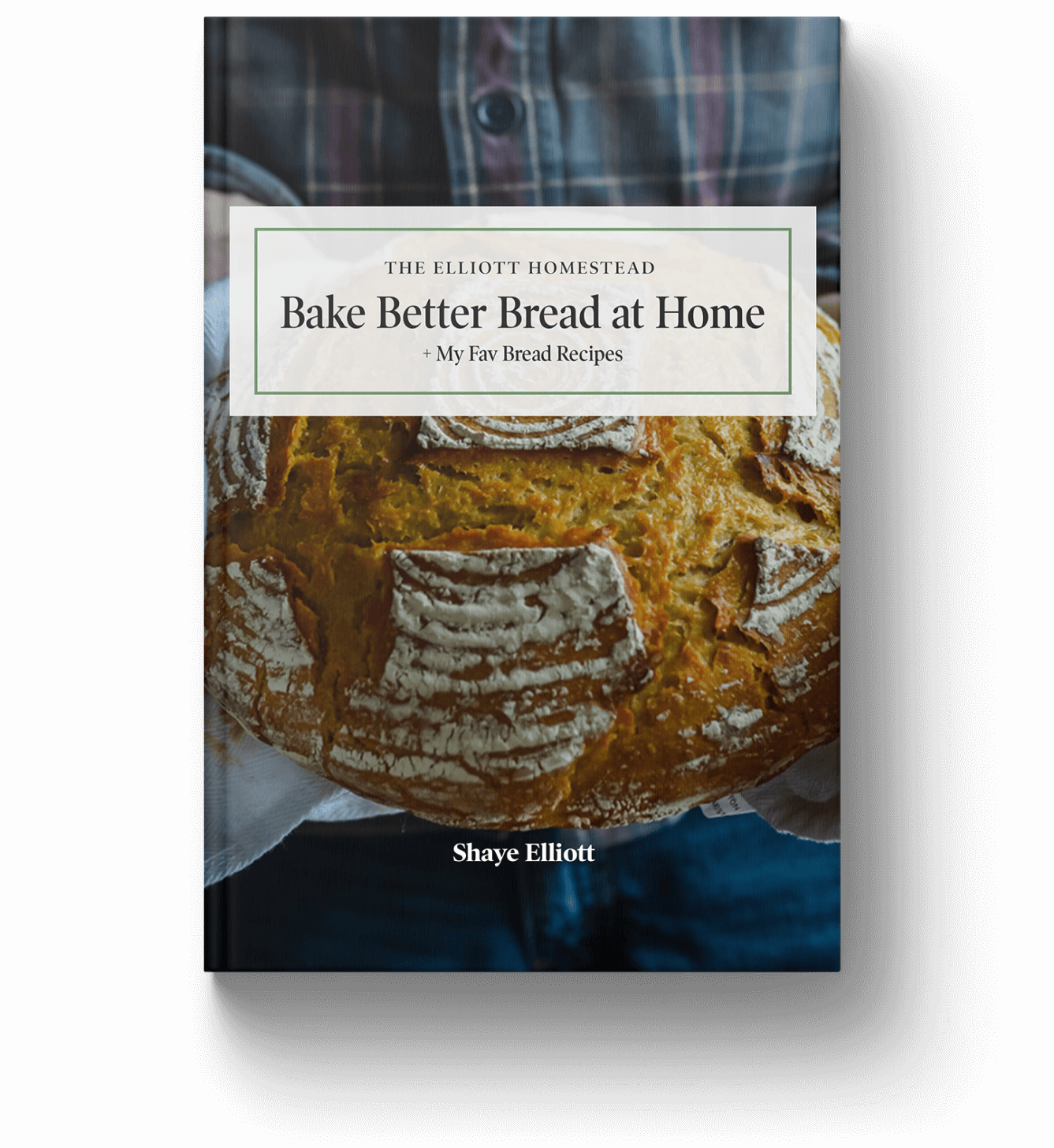
Love this! My now 13 year old daughter is my partner in milking, and has been since she was 10. We love our Daizy (yes, with a Z! Lol), she’s a member of the family, an A2A2 Jersey. We love our butter, cream, and milk but with 6 kiddos, not much left for cheese. She’s dry now, and we are counting down till milk again! Cant wait!
We are aspiring to have a family cow but it is important to me to not remove the calf from the mother cow. Can you please suggest some resources on animal husbandry, particularly in keeping a family cow on pasture while allowing mom and baby to stay together? I have nursed 4 babies so I understand about colostrum and the basics of lactation.
Could you share some of your experience or thinking that led you to use freeze-dried cultures and pasteurization for cheese-making over raw cheesemaking? My husband and I are about five years behind your family in terms of homesteading and were hoping to benefit from your learning. We’re very attracted to the idea of raw cheesemaking (so much healthier when the pastured-milk is raw and you don’t need to buy starter cultures) but didn’t know if you thought they were very finicky or unreliable. Thank you for your insight!
Love it. Ever since I got my first jersey milk cow back in February I’ve been experimenting with different recipes, making tons of butter, and loving Bridget.:)
Ironic that getting a milk cow was inspired you when I bought your book “Welcome to the Farm”, two years ago and have never looked back! Thanks again for planting all those dreams in me and finally they’ve come true! A few more included honey bees, pigs, butchering chickens, and so much more, I never would’ve thought myself able to do all these things had it not been for you. Thanks again. God bless.
@laurel_haven_farm
Thank you for the recipes! Could you perhaps help or point me in the right direction for information on how I should be feeding my Jersey while pregnant vs right before calf then during milking? I feel a little lost. I just got a Jersey and she’s due in March. I have her on grass hay with some salt and mineral. Should she be getting corn right now or just when she’s about to calf?
Thank you!!